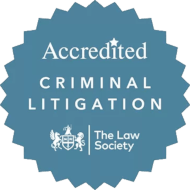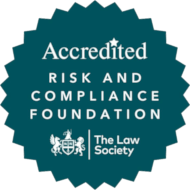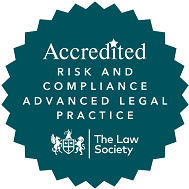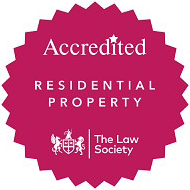During last years Spending Review and Autumn Statement the government announced their Five Point Plan for housing. As part of this Plan the introduction of higher rates of Stamp Duty Land Tax (SDLT) on purchases of additional residential properties was announced and as of April 2016 there will be a 3% surcharge applied to all SDLT bands.
This will, for example, see landlord investors and second homeowners having to pay 3 per cent for the first £125,000 of the purchase price and 5 per cent instead of 2 per cent on the amount between £125,001 and £250,000.
The extra 3% will apply to anyone owning a second home; it could be a parent buying a home for their children or a couple purchasing a home together where one is already a home owner, regardless of whether they live in one of those properties or not.
The government plans to use the additional tax collected to provide £60 million for areas within England where second homes are particularly common; the aim is that these tax receipts will help towards doubling the affordable housing budget.
The higher SDLT rates on additional residential properties are part of the government’s commitment to supporting home ownership and the change aims to free up housing for buyers and to help first time buyers.
The final legislation is due to be passed on March 16th (Budget Day) but we have gone through below what we see as the highlights that may affect you if you own an additional property, or are thinking of purchasing one.
How do you determine what is classed as an additional property?
The following will determine what will be classed as an additional property:
- A second home or investment property that you own whether solely or in joint names will be included.
- Any property that you have a beneficial interest under a trust will usually be included, dependent on its type.
- Any property bought as a furnished holiday let.
What is the situation for married couples?
The consultation states that married couples and civil partners will be treated as “one unit” and will therefor attract the higher rates should an additional property be purchased.
What if I own a home abroad?
Owning a property abroad will also determine whether the property you are purchasing in the UK is an additional property. For example, if you own a foreign property and are purchasing your first property in the UK you will pay the additional 3%. However, in reverse, if you own a UK property and are purchasing your first foreign property, as SDLT only applies in the UK you will not be affected by the additional 3%.
Will I be exempt if the property is for my child?
Understandably, with the current difficulties for first time buyers purchasing a property, more and more parents are taking out a joint mortgage with their children to help boost their affordability. This often requires parents to also put their name on the title deeds, and as a result this arrangement will now face the higher rates. If however you only choose to provide money for a deposit you will not be liable to pay the additional tax.
Are there any exemptions?
There are some types of property that will not be affected by the increase in SDLT rates including homes costing less than £40,000, or anyone owning a caravan, mobile home or houseboat.
If you have already exchanged contracts before November 25th 2015, you will not have to pay the higher tax rate, even if you complete after 1st April 2016.For anyone who has exchanged contracts after November 25th 2015 you should have been made aware of the tax rise and will be expected to pay it.
For further information on the higher rates of SDLT you can view the open consultation here.












